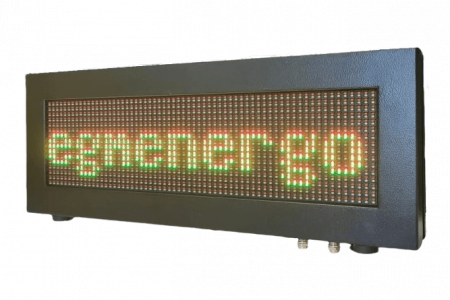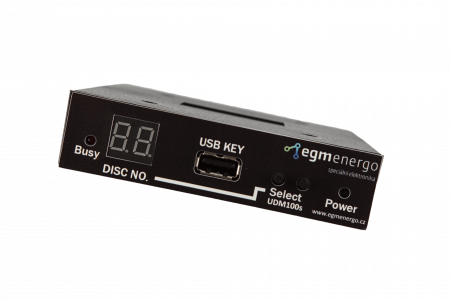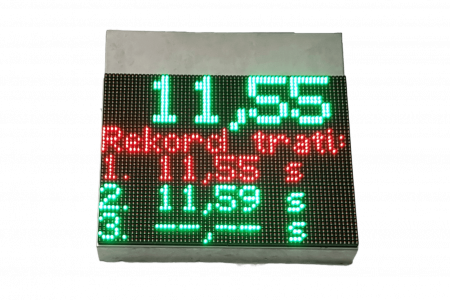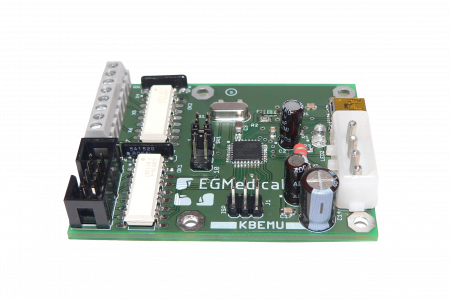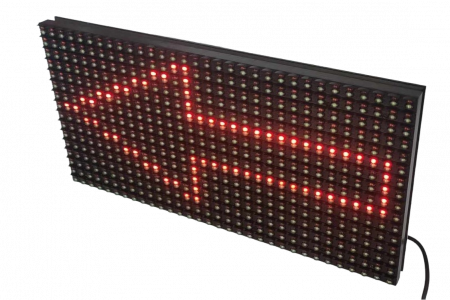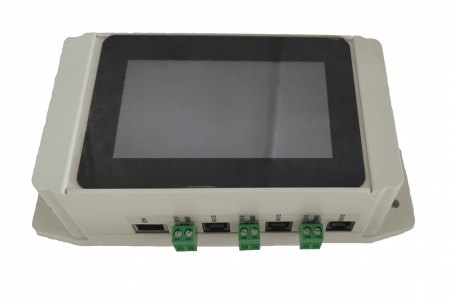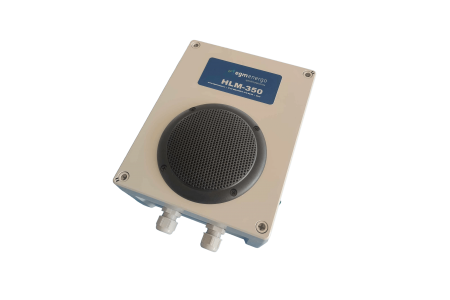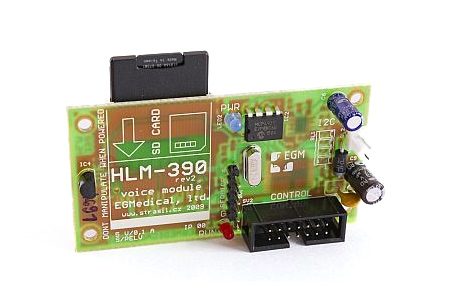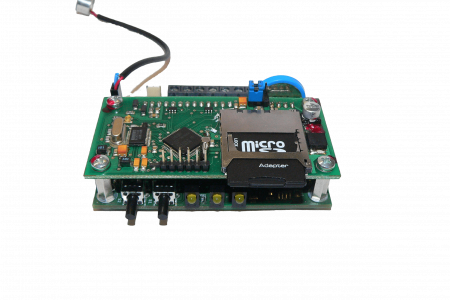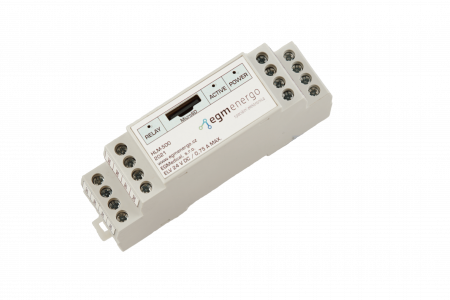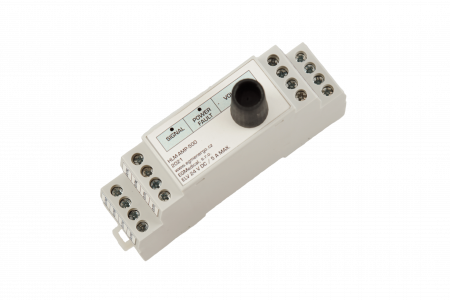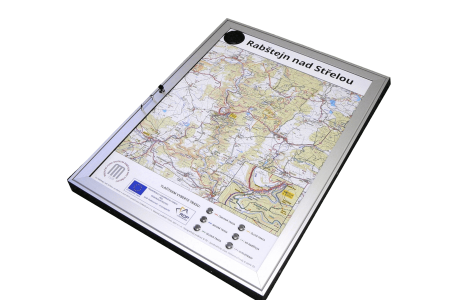The system is designed to monitor production utilization and production assets.
A typical motivation for installing a system is:
- the need to get an accurate overview of the productivity of individual workplaces, i.e. the number of pieces produced, hourly productivity, downtime for service, technological breaks, etc,
- the need to monitor the work of employees, i.e. (usually after the introduction of “logging in” to the system using contactless cards or PINs) to monitor differences in productivity and dead time between individual employees,
- the need to monitor energy consumption and to avoid wasting energy resources,
- tracking changes in productivity caused by changes in organisational measures or production processes, where electronic tracking can detect even a few percent changes very accurately.
The basis of the technical solution is the installation of a tracking unit that records data from an individual production device (e.g. press, screen printing, sewing machine). As a rule, the switching on and off of the machine (its main switch) and the number of cycles of the machine (e.g. in the case of a press) or the length of its operation (e.g. in the case of a sewing machine) are recorded. This data is then electronically processed and presented to the user in the form of reports and graphs, or as “raw data”, e.g. in MS Excel for further statistical processing
Depending on the type of technology, statistical indicators such as percentage of dead time, percentage of downtime, or even more complex mathematical constructions are usually introduced, for example, the correlation between the number of breakdowns or forced downtime of a machine and the employee (shift) that is working at the time of the breakdown or downtime. outages served.
Our device uses standard inputs and outputs in automation technology, so it can be connected to almost any machine. If it is not possible to interfere with the machine for reasons such as warranty, size or safety, it is possible to install external sensors – e.g. optical or capacitive motion and position detectors.
To motivate employees, the data from the system can be connected to a display panel of the number of units produced, where the fulfilment of the plan is displayed in colour, numerically or graphically according to the customer’s requirements.



